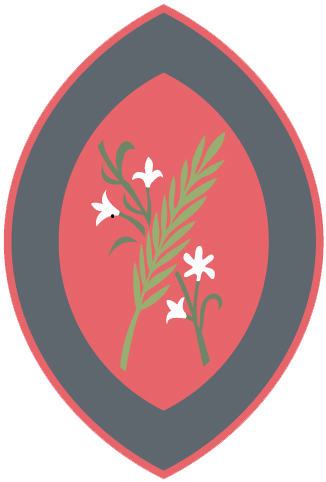Geography
The geography projects are well sequenced to provide a coherent subject scheme that develops children’s geographical knowledge, skills and subject disciplines.
Geographical locations are not specified in the national curriculum, so they have been chosen to provide a broad and diverse understanding of the world.
Where there are opportunities for making meaningful connections with other projects, geography projects are sequenced accordingly. For example, children revisit the geography of settlements in the history project School Days after studying types of settlements in the geography project Bright Lights, Big City.
All geography projects are taught in the autumn and spring terms, with opportunities for revisiting less secure concepts in the summer term.
|
Key Stage 1 In the spring term of Year 1, children study the project Bright Lights, Big City. This project introduces children to the geography of urban environments and the physical and human features of the United Kingdom. In contrast, in the spring term of Year 2, children carry out a detailed study of coastal geography in the project Coastline. This project introduces children to the geography of coastal environments and provides children with the opportunity for in-depth coastal fieldwork. |
|
Lower Key Stage 2 In the spring term of Year 3, children study the project Rocks, Relics and Rumbles, which explores physical features and geographical phenomena, including earthquakes and volcanoes. In contrast, in the spring term of Year 4, children carry out a detailed study of the physical features of mountains and rivers, which includes opportunities for in-depth fieldwork. |
|
Upper Key Stage 2 In the spring term of Year 6, children study the polar regions in the project Frozen Kingdoms. The project includes an in-depth analysis of the characteristics of these regions, including environmental issues. |
Throughout the geography scheme, there is complete coverage of all national curriculum programmes of study.
Geography is not simply being able to name countries and point to them on a map. Geography is the understanding of both the physical and the human world. The rich complexity of how everything and everyone on the planet are linked together.
Here are a few interactive resources to help your child develop their knowledge of geography. Does your child enjoy Minecraft? If you own a copy of Minecraft you might consider installing this file made in collaboration with Ordnance Survey which turns the world of Minecraft into a map of the British Isles. https://www.ordnancesurvey.co.uk/innovate/developers/minecraft-map-britain.html
Below is a link to the Ordnance survey’s Map Zone where children can learn about mapping through fun games and activities.
https://www.ordnancesurvey.co.uk/mapzone/
You can get an Ordnance Survey overlay when using Bing Maps.
Visit Old Maps Online and see what your local area looked like many years ago.
